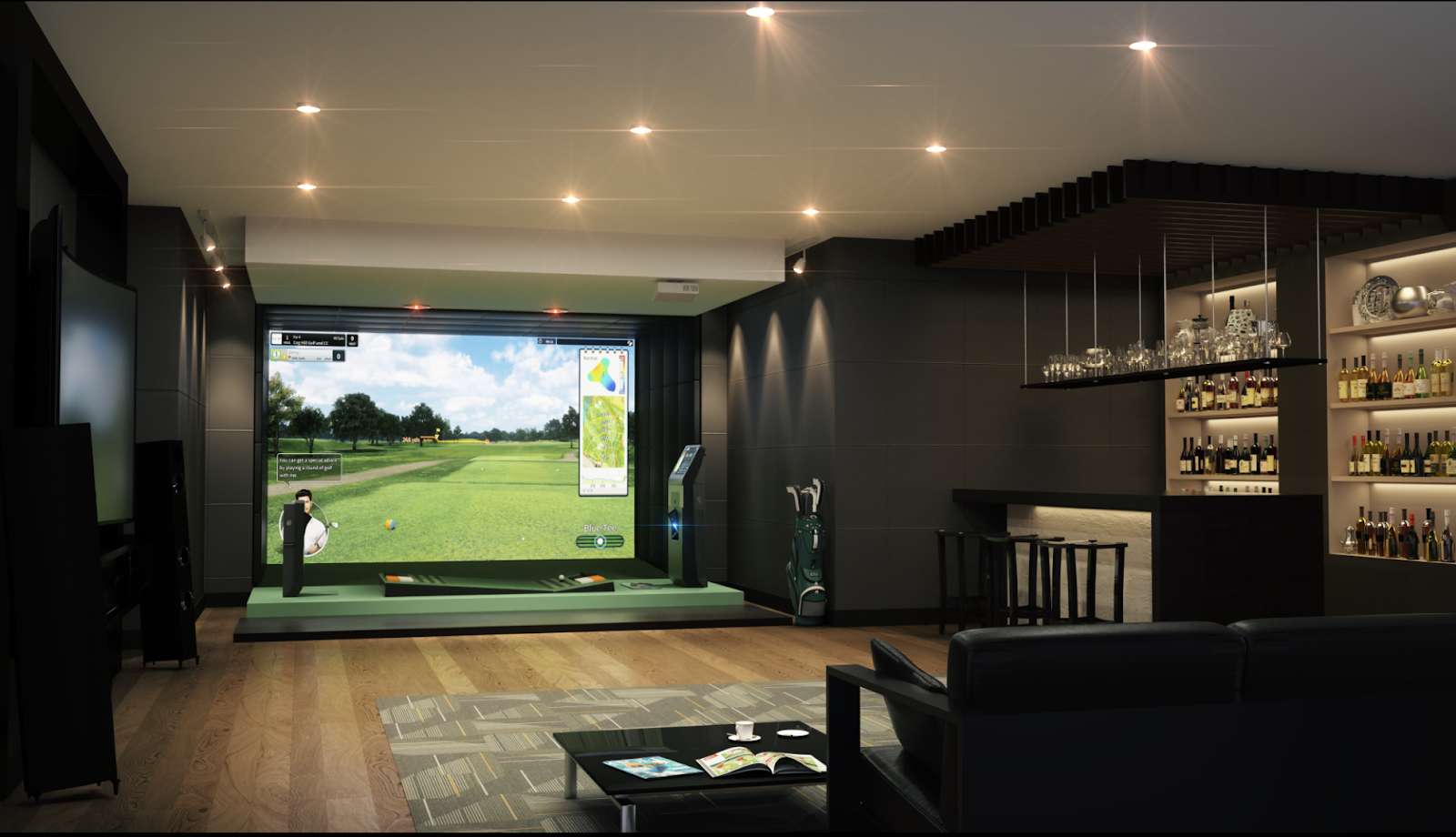In a world where convenience and precision are reshaping how we train and play sports, golf is no exception. Traditional practice on a driving range or course will always hold value, but today’s players are looking for smarter, more accessible ways to improve their game. Enter the golf simulator: a powerful, data-driven training tool that’s quietly revolutionizing how golfers practice, analyze, and perform—all without leaving home.
Whether you’re a weekend warrior or a low-handicap competitor, understanding what makes simulators such a game-changer—and how to choose the right one—can give you a serious edge.
The Rise of Tech-Driven Golf Training
From Luxury to Necessity
Just a few years ago, owning a simulator was considered a luxury. Now, it’s becoming a staple in the training routines of serious amateurs and professionals alike. The combination of cutting-edge sensors, lifelike graphics, and detailed shot data offers an experience that rivals (and sometimes surpasses) in-person practice sessions.
This shift isn’t just about convenience—it’s about efficiency. Golfers are recognizing that meaningful improvement requires feedback and consistency, both of which simulators deliver exceptionally well.
Year-Round Play, Rain or Shine
One of the most immediate benefits is weatherproof training. No more rescheduling practice due to rain, cold, or course closures. With a properly configured setup, players can maintain their rhythm and routine all year long, regardless of outside conditions.
What Makes a Golf Simulator a Game-Changing Tool?
Instant Feedback That Fuels Growth
Perhaps the most valuable aspect of a golf simulator is the instant, data-rich feedback it provides. Every swing is analyzed in real time, offering insights into club speed, launch angle, spin rate, smash factor, and more. These metrics give players the ability to pinpoint swing flaws and monitor progress with unmatched precision.
Unlike the driving range, where visual estimation often replaces data, a simulator turns every shot into a learning opportunity. This makes practice more intentional and results more measurable.
Personalized Practice and Course Play
Beyond pure analytics, simulators bring a level of personalization traditional training lacks. Players can tailor sessions to focus on specific skills, like wedge distance control or shot shaping, and even simulate high-pressure situations by playing iconic courses in tournament mode.
These training environments accelerate learning by immersing players in realistic, goal-oriented scenarios—without the logistical demands of a full round.
Key Features to Consider Before You Invest
1. Tracking Technology
The foundation of any good simulator lies in its tracking system. Options include radar-based, camera-based, and infrared technologies. Each has pros and cons, but the most accurate systems often combine multiple tracking methods to ensure reliable data across all shot types.
If you’re investing in a simulator for long-term development, make sure the tracking hardware can capture club path, face angle, ball spin, and impact location with a high level of consistency.
2. Space Requirements
While some simulators are designed for compact spaces, others need more room to function safely and accurately. Before you buy, measure your available area—especially ceiling height. For full swings with a driver, most systems require at least 9–10 feet of clearance and around 12 feet of room depth.
Skipping this step can lead to buyer’s regret and unnecessary limitations in your training setup.
3. Software Capabilities
Your training experience is heavily influenced by the simulator’s software. Look for platforms that offer both driving range modes and full-course play, along with skills challenges and performance tracking. Some programs also include multiplayer options, custom practice plans, and compatibility with coaching apps.
Evaluate whether the software includes ongoing updates or requires additional subscriptions to unlock premium features. The more adaptive and versatile the platform, the better it will serve your evolving needs.
4. Durability and Setup Quality
From the hitting mat to the impact screen, build quality matters. A high-performance mat should mimic real turf and provide reliable feedback on fat or thin shots. The screen should withstand thousands of impacts without losing clarity or developing wrinkles.
Pros often upgrade these components over time to match the wear and tear of regular practice. It’s wise to factor in quality from the start—or budget for enhancements down the road.
Beyond the Data: Simulators as Mental Training Tools
Pressure Practice and Course Management
One of the least discussed but most powerful benefits of simulator training is its impact on mental toughness. Playing simulated rounds under competitive conditions—complete with penalty zones and leaderboard tracking—helps golfers build course strategy and emotional control.
This type of “pressure practice” is hard to replicate on the range but can be a key differentiator in tournaments or league play.
Visualization and Confidence Building
Seeing your ball flight and swing metrics in real-time builds a clearer picture of what’s working and what’s not. Over time, this increases body awareness, reinforces muscle memory, and boosts confidence on the course.
What Smart Buyers Do Differently
They Think Long-Term
Smart buyers don’t just shop for their current skill level—they think ahead. Will the system support more advanced training as your game improves? Can you upgrade the hardware or add new software modules? Investing in a system that can grow with you adds long-term value and flexibility.
They Test and Compare
Before making a final decision, informed buyers test different models in person or through demo facilities. This helps them understand how various systems feel, what data is available, and whether the user interface suits their style.
Additionally, asking about return policies, support response times, and warranty coverage ensures you’re protected post-purchase.
Conclusion
Golf simulators are no longer just a novelty—they’re the future of focused, efficient, and personalized training. Whether you’re fine-tuning your swing or trying to shave strokes off your handicap, a well-chosen simulator can become the most valuable club in your bag.
With the right balance of technology, setup quality, and smart usage, it’s possible to transform how you train—and how you play the game.
